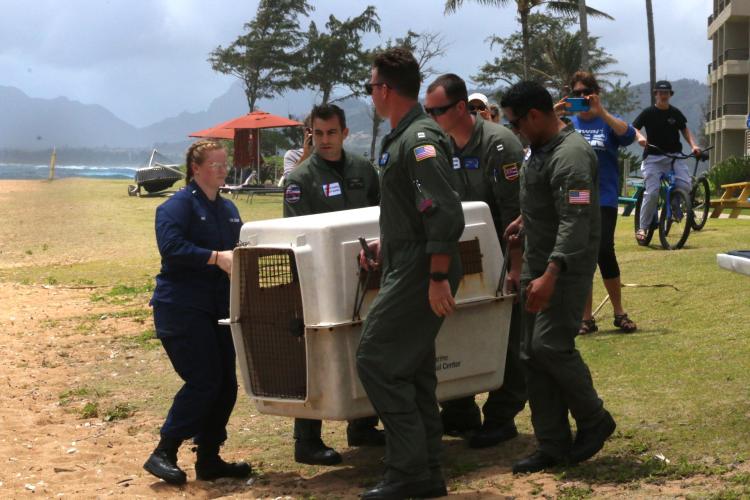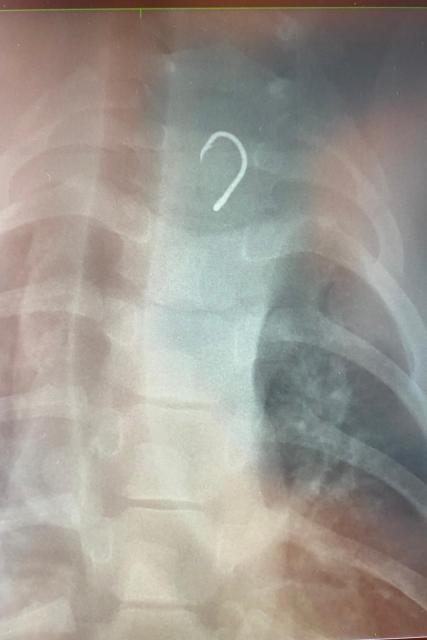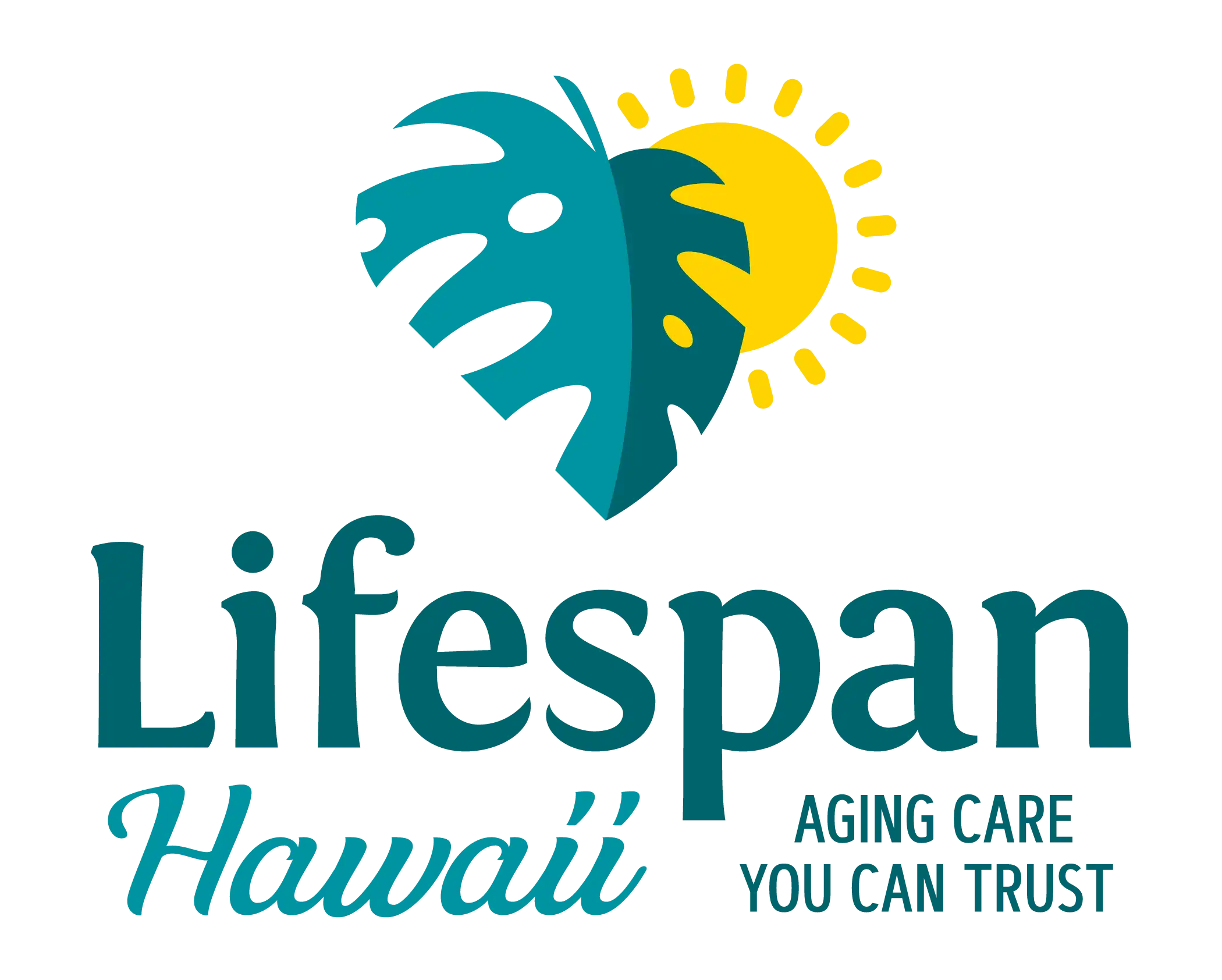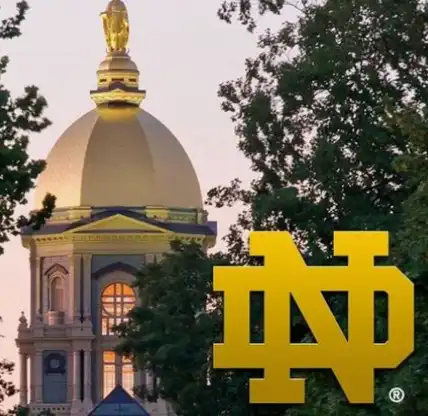Marine Mammal Center on Big Island successfully removes hook, fishing line from Hawaiian monk seal
An 8-month-old Hawaiian monk seal was safely returned to Kaua‘i waters after a veterinary team at the Big Island’s marine mammal hospital removed an ingested hook and fishing line from the animal’s esophagus.
Known as RS10, the seal was first spotted on March 16 by Hawaiʻi Department of Land and Natural Resources staff and volunteers on the Garden Isle resting on the sand with about 30 feet of fishing line trailing from his mouth.
According to NOAA, a rescue was in RS10’s best interest since removing an ingested hook is complicated and not something that can be done on the beach.
“An ingested fishing hook is life-threatening for a monk seal,” NOAA officials stated. “The hook can prevent the seal from eating properly. It can also cause internal damage that can lead to a seal’s death.”
A combined team from NOAA and DLNR successfully rescued RS10 on March 21 and the United States Coast Guard transported RS10 to The Marine Mammal Center’s Ke Kai Ola monk seal hospital on Hawaiʻi Island the next day.
The Marine Mammal Center’s veterinary team took X-rays and confirmed that a fishing hook was lodged in the seal’s esophagus. The center’s team used special dehooking tools to safely remove the ingested hook while RS10 was under anesthesia.
RS10 recovered well from his procedure and received fish and anti-inflammatory drugs to aid in the post-recovery process.
On April 4, the U.S. Coast Guard transported RS10 back to Kauaʻi, where he was successfully released near his capture location. RS10 has been spotted after release looking healthy now that he is hook-free.




















